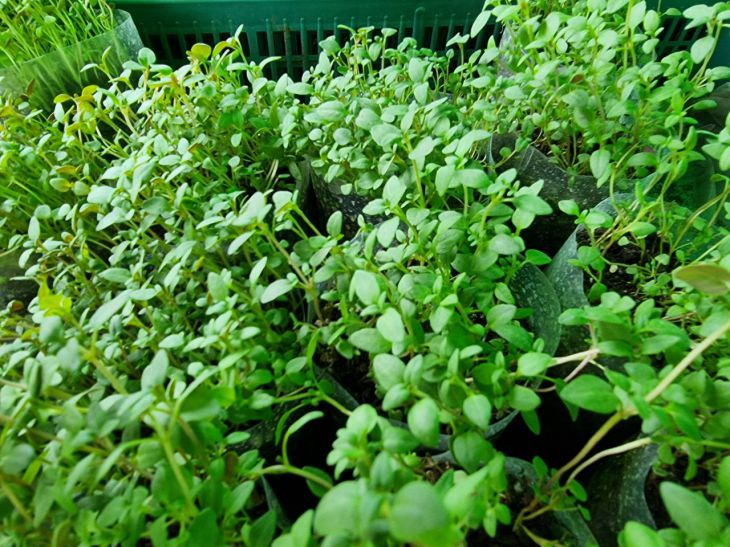Growing seedlings is a complex technological process that requires attention from every summer resident.
Therefore, it is worthwhile to analyze typical mistakes and advice from experts that will help you achieve excellent results.
Low quality soil
The soil for seedlings must necessarily consist of several elements. We can recall several components that must be included in the soil for seedlings:
1) humus;
2) coarse river sand;

3) sod soil;
4) peat;
5) sawdust and other materials.
All components must be mixed together in certain proportions. And if it is too difficult to perform this procedure yourself, you can buy ready-made soil in specialized stores. It is worth noting that each seedling requires a certain soil composition.
Quality of planting material
You can create ideal conditions for growing, but make a mistake when choosing planting material. Absolutely everything depends on the quality of the planting material. It is better to choose seeds from trusted manufacturers. And if they are independently prepared on the site, then the seeds need additional processing.
Violation of planting deadlines
Some summer residents adhere to the following opinion: the earlier the seedlings are planted, the faster the harvest can be obtained. In many cases, this approach only leads to negative consequences. The main problem with early planting is that the seedlings can begin to bloom early.
Incorrect seedling containers or lack of preparation
Containers for seedlings should be selected responsibly, taking into account the characteristics of all crops that are grown. Here are some tips:
1. Containers should be clean. Ideally, they should be disinfected, which will help to avoid possible negative consequences.
2. Containers must have drainage holes. If they are not there, the seedlings may begin to rot, and the risk of fungal diseases increases significantly.
3. The type of container matters. There are several types: tablets, pots, glasses.
Each container should be selected individually for seedlings. Some use universal containers, but here it is worth identifying all the risks in advance.
No seed preparation
When buying seeds from trusted producers, there is no particular sense in seed processing. But can you always trust the information from the producer?
It is also not uncommon for seeds from the package to be stored for a whole year and only then planted. And if you use seeds of your own production, then their preparation is always necessary.
Deepening
Seeds planted too deeply may simply not germinate. Excessive planting often results in the seeds simply beginning to rot in the soil.
In this situation, summer residents begin to blame the manufacturers, without even thinking about their own mistake.
Thickened plantings
Sometimes the following method is used: "Several seeds are planted in a container, with the expectation that some may not sprout." But what happens if all the seeds sprout at once?
In this case, there is no talk of normal seedling development, since nutrition and air supply are reduced. Thickened plantings only seem like a logical solution, but in most cases they only cause harm.








